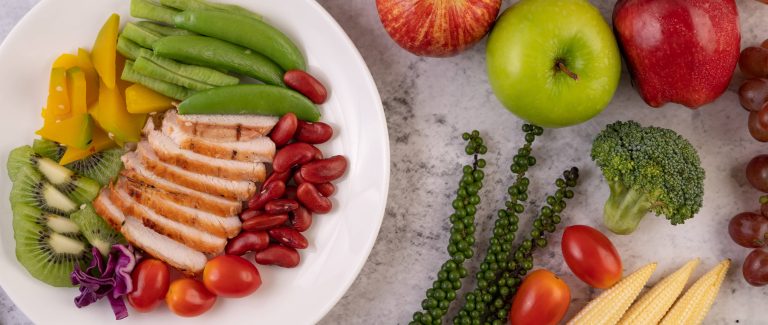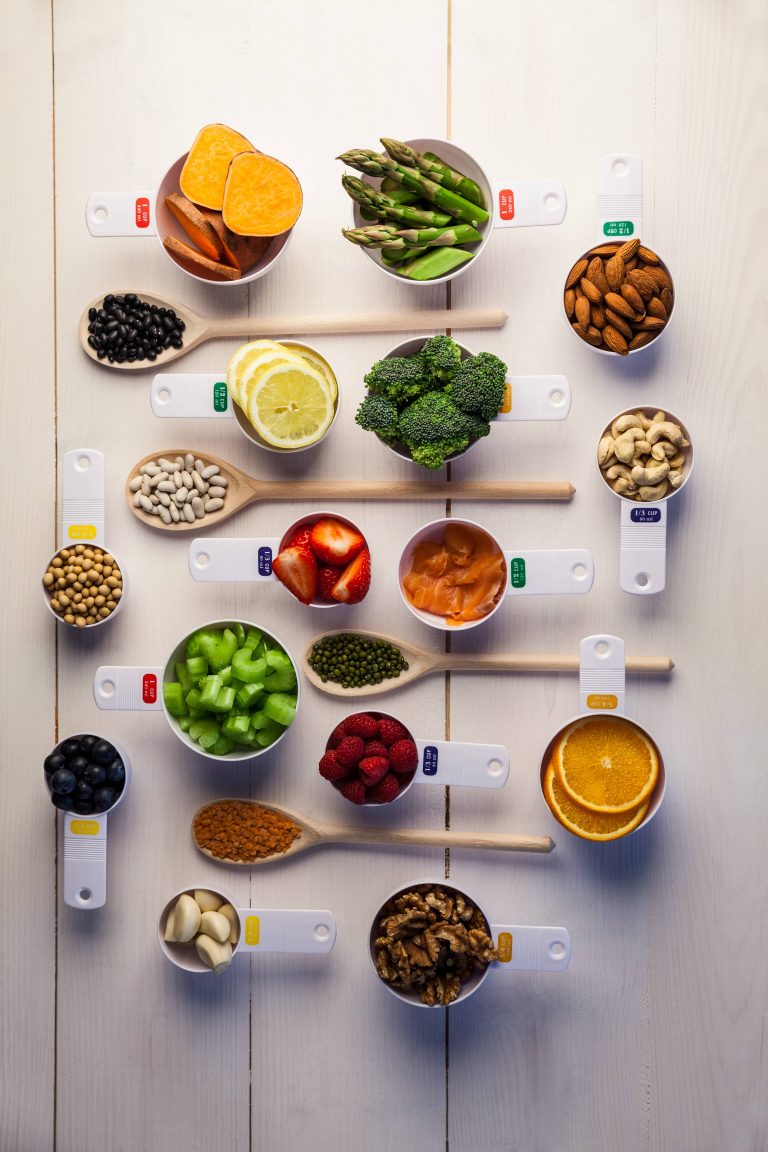
In today’s fast-paced world, where work deadlines, school commitments, and extracurricular activities occupy most of our time, preparing healthy meals for the entire family can be quite challenging. However, nutrition doesn’t have to take a backseat. A well-thought-out meal plan can not only ensure that your family enjoys delicious, nutritious meals but also save you time, money, and reduce stress. Here’s a guide to creating a meal plan tailored for a busy family.
Understanding Your Family’s Needs
The first step in creating a meal plan is understanding the nutritional needs of each family member. Children, adults, and seniors often have differing dietary requirements. Children need nutrients to support their growth and development, while adults might focus on maintaining energy levels and health. Seniors may require softer foods or certain vitamins. It’s crucial to consider any specific dietary needs due to allergies or health conditions.
Balanced Meal Components
To create a wholesome meal plan, ensure your family’s meals are well-balanced. Each meal should ideally include a combination of the following components:
1. Proteins: Essential for growth and repair, sources include meat, fish, eggs, legumes, nuts, and seeds.
2. Carbohydrates: Provide energy, and can be found in whole grains, vegetables, fruits, and legumes.
3. Fats: Necessary for brain health and energy. Focus on healthy fats like those from avocados, nuts, seeds, and olive oil.
4. Vitamins and Minerals: Found in abundance in fruits and vegetables. Aim for a colorful plate to cover a range of nutrients.
5. Hydration: Encourage water over sugary drinks. Herbal teas can be a flavorful alternative.
Steps to Create a Meal Plan
1. Assess the Schedule:
Begin by evaluating your family’s weekly schedule. Note down work hours, school times, and after-school activities. This helps identify days where quick meals are needed and those where there’s time to cook.
2. Choose a Planning Day:
Dedicate a specific day each week for meal planning and grocery shopping, like a Saturday or Sunday. This sets the routine and ensures the pantry is stocked.
3. Plan Breakfast, Lunch and Dinner:
– Breakfast: Consider quick yet nutritious options, such as oatmeal, smoothies, yogurt with fruit, or whole-grain toast with avocado.
– Lunch: For school or work, sandwiches, wraps, or salads can be prepared the night before. Dinner leftovers often make great lunches.
– Dinner: Plan for meals that cater to the busiest days when time is limited. Slow-cooked meals, casseroles, or pre-prepared ingredients can be lifesavers.
4. Incorporate Snacks:
Keep an assortment of healthy snacks on hand, like fruits, nuts, yogurt, or popcorn, to curb hunger between meals.
5. Batch Cooking and Prep:
Prepare meals in bulk over the weekend. Dishes like soups, stews, or lasagnas can be made in large quantities, portioned out, and stored in the fridge or freezer for later use. Pre-chop vegetables and marinate proteins to reduce cooking time during the week.
6. Make it a Family Activity:
Involve your family in the planning process. Let kids choose a meal or assist in cooking. This not only lightens your load but can also encourage healthier eating habits in children.
Practical Tips for Nourishing a Busy Family
1. Embrace Technology:
Utilize meal planning apps or services to get recipe ideas or to manage shopping lists efficiently. Many apps allow you to input dietary preferences and provide grocery delivery options.
2. Opt for One-Pan or One-Pot Meals:
These meals minimize cleanup and make dinner a breeze. Dishes like stir-fries, sheet-pan dinners, or skillet meals are perfect examples.
3. Theme Nights:
Assign themes to different nights such as “Meatless Monday,” “Taco Tuesday,” or “Pasta Thursday.” This adds fun and variety, making meals predictable yet exciting.
4. Flexible Recipes:
Choose recipes that allow for ingredient swaps, in case you’re missing something or need to use leftovers. For instance, a stir-fry can be tailored with whatever vegetables or proteins you have on hand.
5. Stock Smartly:
Keep pantry staples accessible. These include pasta, rice, canned beans, tomato sauces, frozen vegetables, and spices, allowing you to whip up a meal quickly with whatever fresh ingredients you have.
Final Thoughts
Meal planning takes a little time upfront but pays off during the week in convenience and health benefits. It enables you to manage your time efficiently, avoid last-minute unhealthy choices, and ensure that your family receives balanced nutrition. Moreover, it encourages home-cooked meals, which are often healthier and more cost-effective than eating out or ordering takeaway.
Involving the whole family in the process can also foster a shared responsibility towards health and well-being, and educate children about the importance of balanced nutrition. With these strategies, even the busiest of families can enjoy nourishing, home-cooked meals throughout the week. Happy planning!










